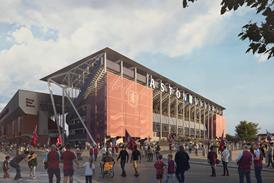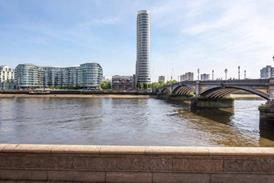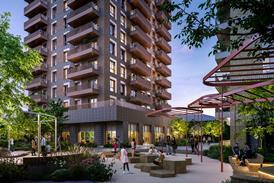- Home
- Intelligence for Architects
- Subscribe
- Jobs
- Events

2025 events calendar Explore now 
Keep up to date
Find out more
- Programmes
- CPD
- More from navigation items
The fight to save Kolkata’s heritage is part of the wider struggle over India’s identity

It’s about much more than bricks and mortar, writes Ben Flatman
Kolkata was once one of the great cosmopolitan global cities and has the architecture to prove it. Drawn to Kolkata by the immense wealth of Bengal, the British made the city their effective capital from 1773 to 1911. For centuries it was a thriving commercial hub, pivotal in the extractive colonial economy and home to a diverse mix of Hindus, Muslims and countless other religions and ethnicities. The city’s architectural heritage includes impressive administrative and commercial buildings at its core, but also the homes of the Indian middle and upper classes in richly textured suburbs such as Bhowanipore.
Kolkata also played a key role in the 19th-century Bengal renaissance. This effervescent flowering of Bengali cultural life and political awareness led directly to Bengal being seen as a key centre of resistance to Britain’s continued presence in India. Britain’s vindictive response was to first partition Bengal and then move the capital to Delhi in 1911. By the time of independence, British rule had transformed Kolkata from a city once at the heart of one of the wealthiest regions on earth, to one of the poorest.
…
This content is available to registered users | Already registered?Login here
You are not currently logged in.
To continue reading this story, sign up for free guest access
Existing Subscriber? LOGIN
REGISTER for free access on selected stories and sign up for email alerts. You get:
- Up to the minute architecture news from around the UK
- Breaking, daily and weekly e-newsletters
Subscribe to Building Design and you will benefit from:

- Unlimited news
- Reviews of the latest buildings from all corners of the world
- Technical studies
- Full access to all our online archives
- PLUS you will receive a digital copy of WA100 worth over £45
Subscribe now for unlimited access.






